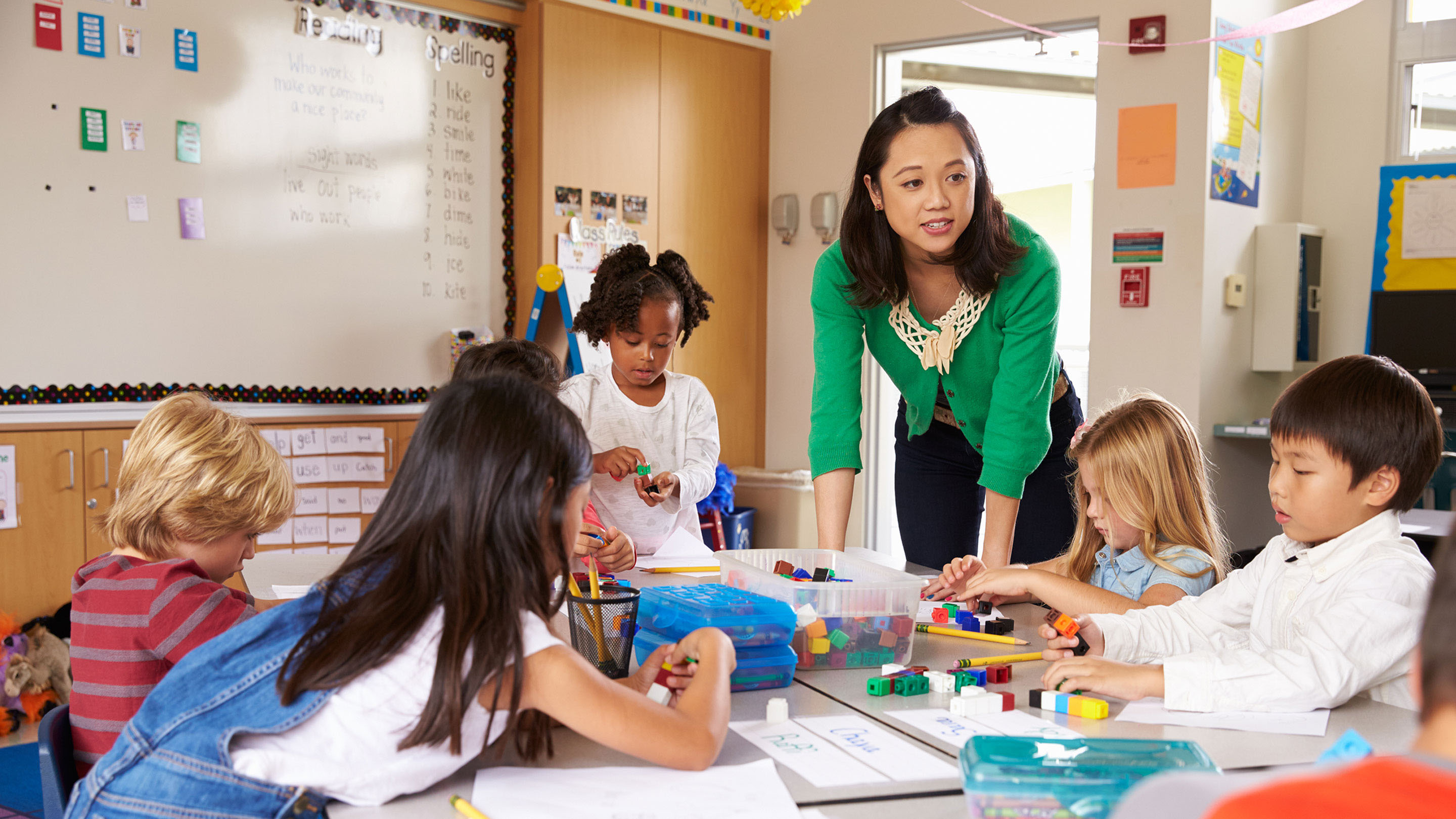Achieve Academic Success with Primary Science Tuition Singapore
Achieve Academic Success with Primary Science Tuition Singapore
Blog Article
Checking Out the Different Teaching Approaches in Primary Scientific Research Education And Learning Today
The landscape of key scientific research education is developing, with various teaching approaches gaining prominence in modern classrooms. Inquiry-based knowing, hands-on experiments, and the integration of modern technology are redefining just how teachers engage young minds. In addition, collective techniques and distinguished instruction are being used to provide to the diverse needs of pupils, improving both interaction and understanding. As we take a look at these methods, concerns arise about their performance and the ramifications for future educational techniques. What might these shifts in approach mean for the future generation of students?
Inquiry-Based Understanding
Inquiry-Based Knowing (IBL) is a pedagogical strategy that encourages trainees to explore scientific concepts via wondering about, examination, and hands-on trial and error. This method emphasizes the function of pupils as energetic individuals in their discovering, advertising crucial reasoning and problem-solving abilities. By involving with real-world concerns, students come to be curious and inspired, which improves their understanding of scientific concepts.
In IBL, teachers serve as facilitators, assisting students as they browse their questions as opposed to supplying details directly. This student-centered technique enables distinction, suiting different discovering designs and speeds. Pupils create abilities in creating theories, designing experiments, and examining data, which are critical for clinical literacy.
In addition, IBL cultivates cooperation amongst trainees, urging them to share ideas and searchings for. This cumulative query promotes social skills and a feeling of area within the class. Furthermore, the procedure of query motivates resilience, as pupils find out to accept failure as a tipping rock toward understanding.
Hands-On Experiments
Hands-on experiments are a crucial component of effective scientific research education, complementing the concepts of inquiry-based learning. These experiments permit pupils to engage straight with scientific concepts, fostering a much deeper understanding through experiential learning. By adjusting materials and observing outcomes, young students can comprehend abstract concepts in tangible ways.
Such tasks advertise important thinking and problem-solving abilities, as students assume outcomes, conduct experiments, and assess results. This procedure motivates them to ask questions, fine-tune their understanding, and develop a clinical attitude. Hands-on experiments can be tailored to diverse learning designs, ensuring that all students have the possibility to engage meaningfully with the content.
In addition, hands-on experiments frequently encourage partnership amongst peers, advertising team effort and interaction abilities. Functioning in groups enables students to share concepts, talk about searchings for, and pick up from one another, which boosts their total instructional experience.
Including hands-on experiments right into the primary scientific research curriculum not just enhances the learning environment however likewise grows a lifelong passion in science. By proactively joining their education and learning, pupils are more likely to create a passion for clinical query that extends beyond the classroom.

Technology Integration
Integrating technology right into key science education and learning has actually become progressively necessary in promoting student interaction and boosting learning end results. Making use of electronic devices, such as interactive simulations, virtual laboratories, and academic software program, gives trainees with possibilities to explore scientific concepts in ingenious methods. These sources help with a much deeper understanding of complicated subjects by permitting students to picture and manipulate variables that would be not practical in a typical classroom setup.
In addition, innovation combination motivates individualized learning experiences. Students can progress at their own speed, revisiting tough ideas through multimedia resources, which accommodate various knowing designs. This flexibility not only sustains individual development but additionally grows a sense of autonomy in learners.
Furthermore, technology acts as a bridge to real-world science, connecting trainees with existing research study and professional payments. Access to online data sources and clinical journals expands trainees' perspectives on scientific questions and cultivates critical believing skills.
Collaborative Understanding
Collective learning plays an essential role in key science education and learning by fostering team effort and interaction skills among trainees. This technique urges learners to interact, share knowledge, and engage in analytic, which enhances their understanding of scientific principles. By taking part in team tasks, students discover to verbalize their concepts, pay attention to varied viewpoints, and negotiate services, all of which are necessary abilities in both real-world and scholastic contexts.

Research study suggests that joint discovering can result in raised inspiration and interaction in science subjects, as students find pleasure in common experiences (primary science tuition Singapore). Additionally, this approach prepares official website trainees for future joint endeavors, furnishing them with the abilities required for effective team effort in greater education and specialist atmospheres. Inevitably, accepting collaborative learning in key science education can dramatically enrich the discovering experience and advertise a deeper understanding of scientific query
Set Apart Direction

Set apart guideline can show up in numerous means, such as varying the content, processes, or items of understanding. As an example, instructors may use tiered assignments that provide varying degrees of intricacy, enabling students to operate at their corresponding preparedness degrees. Furthermore, flexible organizing methods can help with partnership among trainees with different capabilities, promoting peer discovering.
Evaluation plays an important function in this approach, as it notifies direction and helps instructors understand each pupil's special needs. Developmental evaluations, such as tests and observations, can direct educators in changing their approaches to improve finding out results. primary science tuition Singapore. Ultimately, by carrying out distinguished guideline in main science education and learning, next educators can grow an extra reliable and equitable understanding environment, equipping all pupils to reach their complete capacity in comprehending scientific phenomena
Verdict
In recap, the varied training approaches in main scientific research education and learning, including inquiry-based understanding, hands-on experiments, technology combination, collective understanding, and differentiated direction, jointly add to an extra effective learning atmosphere. These techniques advertise critical thinking, analytic abilities, and a much deeper understanding of scientific principles. By view publisher site applying these techniques, educators can create engaging and helpful classrooms that resolve the varied demands of students, eventually promoting a long-lasting rate of interest in science and improving scholastic success.
Inquiry-Based Understanding (IBL) is an instructional technique that urges pupils to discover clinical ideas through questioning, examination, and hands-on trial and error.Collective learning plays an essential duty in main science education and learning by cultivating team effort and communication skills amongst trainees.Research shows that collaborative knowing can lead to increased inspiration and interaction in science topics, as pupils discover enjoyment in common experiences.In promoting a comprehensive understanding atmosphere, distinguished guideline arises as a key technique to accommodate the varied needs and capacities of students in key scientific research education. Inevitably, by carrying out differentiated guideline in primary science education and learning, educators can cultivate an extra equitable and reliable knowing setting, empowering all trainees to reach their full possibility in understanding clinical sensations.
Report this page